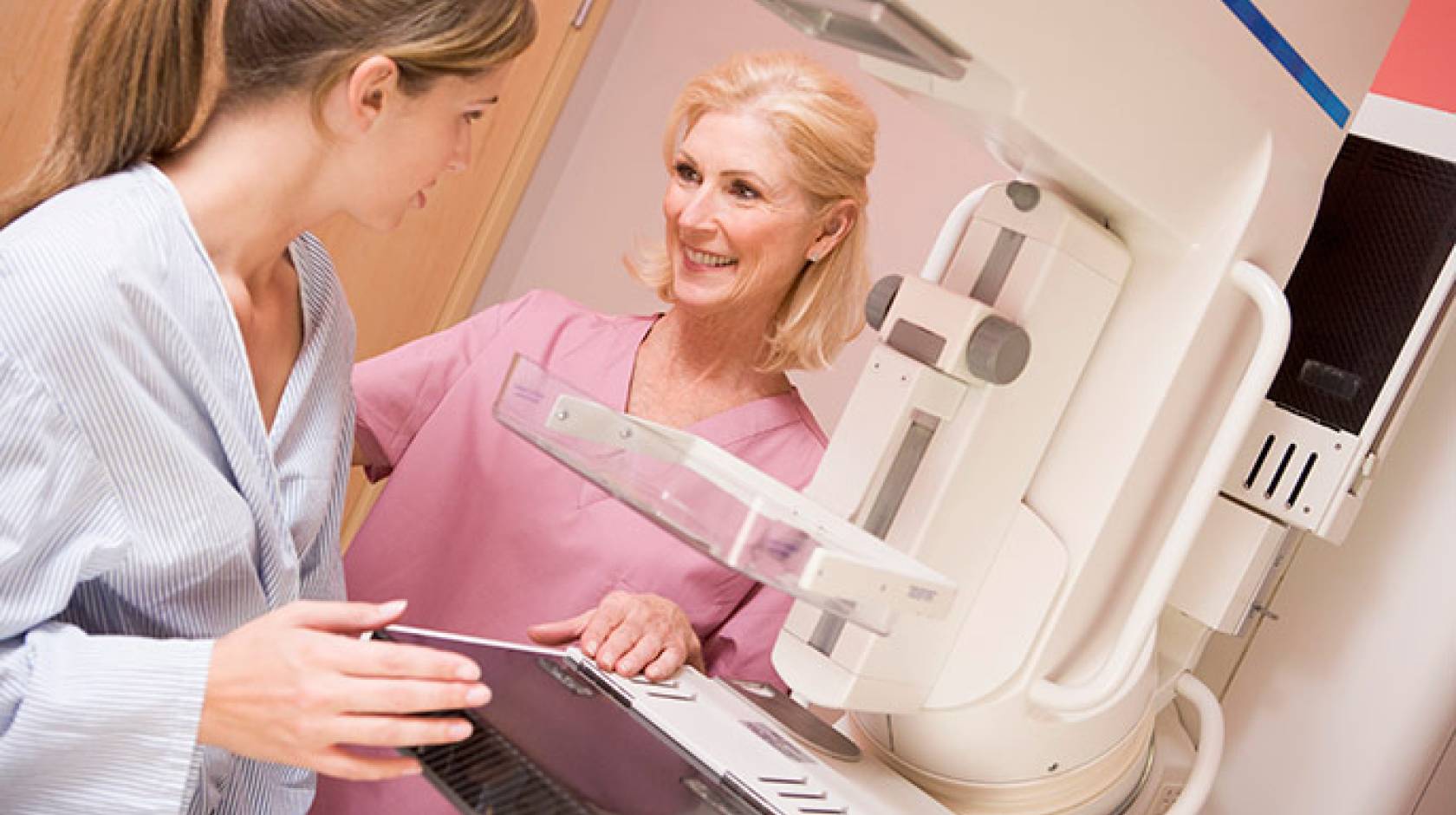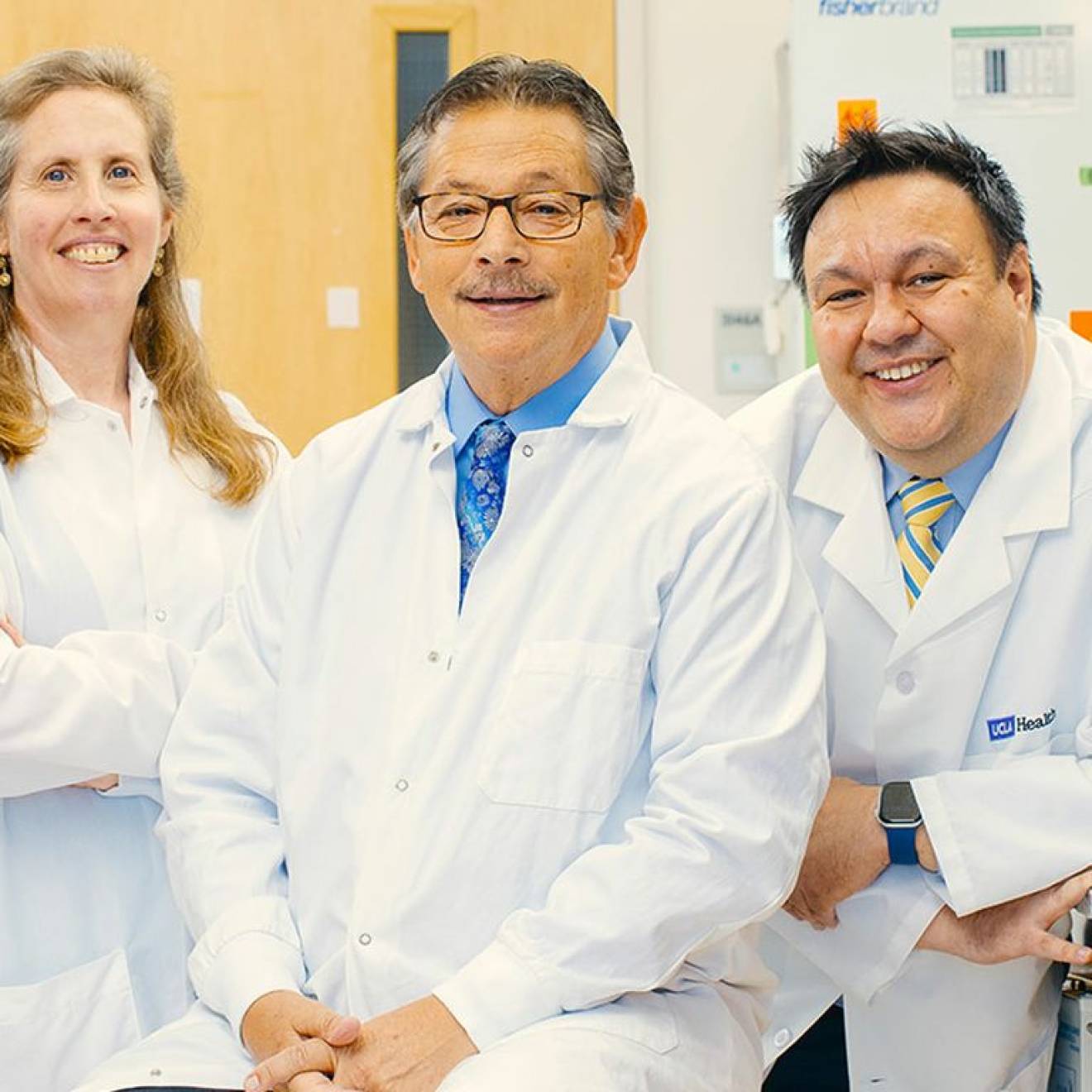Dorsey Griffith, UC Davis

In a study conducted to inform American Cancer Society breast cancer screening guidelines, UC Davis researcher Diana L. Miglioretti reports a screening mammogram once every two years is safe for postmenopausal women at average risk of breast cancer.
Published online today (Oct. 20) in the Journal of the American Medical Association Oncology, the research also suggests that premenopausal women over age 40 deciding whether to undergo mammography may want annual mammograms to increase their chances of finding cancers at an earlier stage; however, they should weigh this potential benefit against the increased potential for false alarms, which occur more often with more frequent screening.
The findings answer questions debated for many years: How often should women be screened, will some women benefit more from a shorter screening interval, and can others safely be screened less frequently?
The research was conducted with data from the Breast Cancer Surveillance Consortium (BCSC), the nation’s largest collection of information on mammography, which consists of six breast imaging registries across the U.S. Miglioretti, UC Davis Dean’s Professor in Biostatistics, also serves as co-leader of the BCSC and as a senior investigator at the Group Health Research Institute in Seattle. Group Health is one of the BCSC registries and also houses the BCSC’s coordinating center, led by Miglioretti.
New guidelines
The American Cancer Society, which sponsored the BCSC study, published its new breast screening guidelines today in JAMA. The ACS used the consortium findings, as well as a review of existing evidence on screening mammography outcomes, to develop its new recommendations.
For the study, Miglioretti and colleagues looked at 15,440 women between the ages of 40 and 85 who had been diagnosed with breast cancer within one year of an annual screening mammogram or within two years of a biennial screening mammogram. They defined annual mammograms as mammograms performed 11 to 14 months apart and defined biennial mammograms as mammograms performed 23 to 26 months apart. (The new study refines earlier research by the BCSC, which used wider screening intervals to classify women as annual or biennial screeners).
The current research goal was to compare the proportion of breast cancers with less favorable prognostic characteristics (stage IIB or higher, tumor size over 15 mm, positive lymph nodes and any one or more of these characteristics) with the proportion of those with more favorable prognostic characteristics in women screened annually vs. every two years. They separated the women by age and by menopausal status, and among post-menopausal women, by whether they were using postmenopausal hormone therapy.
What they found was that premenopausal women diagnosed with invasive breast cancer after a biennial screening mammogram were more likely to have tumors with less favorable prognostic characteristics than women diagnosed after an annual screening mammogram.
“What was surprising is that based on previous studies we expected to see differences in breast cancer severity by screening interval among women 40-49 years of age and no differences by screening interval among women 50 years or older,” Miglioretti said.
Instead, she said, the differences found were based on the women’s menopausal status — not on their age.
“For example, younger women were 17 percent more likely to have later-stage tumors if they were screened every two years vs. annually, but that was not statistically significant. For premenopausal women, however, biennial screeners were 28 percent more likely to have later-stage tumors than annual screeners, which was statistically significant.”
Conversely, they found that postmenopausal women who were not using hormone therapy and were diagnosed as having breast cancer following a biennial or annual screen had similar proportions of tumors with less favorable prognostic characteristics. This was also true for women aged 50 and older.
“Our results suggest that menopausal status may be more important than age when determining screening intervals,” Miglioretti said. “They suggest that postmenopausal women may be safely screened every two years. In contrast, premenopausal women who are undergoing screening may want to be screened annually to increase their chances of diagnosing cancer at an early stage.”
Annual vs. biennial screening
Miglioretti noted, however, that women should be informed that the potential benefit of diagnosing cancers at an earlier stage with annual screening increases the risk of false positive recalls for further testing and biopsies, which are 1.5 to two times higher in women screened annually versus biennially.
Miglioretti added that some women, such as those who have had their ovaries removed or are using certain types of birth control that result in not having periods, may not know their menopausal status. These women may want to base their screening decisions on their age instead. For example, the vast majority of women are postmenopausal by the time they are 55.
To move toward a more personalized approach to screening, Miglioretti said future research should work to identify other risk factors that affect the benefits or harms of screening. She added that the BCSC data will continue to provide new insights into how clinicians can tailor screening recommendations to ensure women undergoing screening have the greatest opportunity to have breast cancer diagnosed early, when treatment is more successful, and at the same time, keep call-backs and other potential downsides of the screening process to a minimum.
In addition to Miglioretti, study co-authors included: Weiwei Zhu and Diana S.M. Buist of the Group Health Research Institute, Group Health Cooperative, Seattle Washington; Karla Kerlikowske of the Departments of Medicine and Epidemiology and Biostatistics, University of California San Francisco and the General Internal Medicine Section, Department of Veterans Affairs, University of California San Francisco; Brian L. Sprague of the Department of Surgery, Office of Health Promotion Research, University of Vermont College of Medicine, Burlington and the University of Vermont Cancer Center, University of Vermont College of Medicine, Burlington; Tracy Onega, Geisel School of Medicine at Dartmouth and Department of Epidemiology, Geisel School of Medicine at Dartmouth, Lebanon, New Hampshire; Louise M. Henderson, Department of Radiology, University of North Carolina, Chapel Hill; Robert A. Smith, Cancer Control Science Department, American Cancer Society, Atlanta, Georgia.
